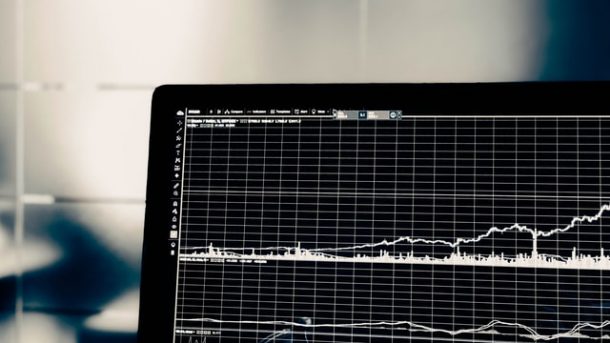When you first take up the hobby of stock trading, it can be not easy to know where to begin.
We’ll break down each step in the buying process, starting with setting up an account and choosing which company to invest in.
Create an account
Firstly, you create an account on a stock trading website. You can sign up for the most significant sites online; the process only takes about ten minutes.
Once you’ve signed up, it’s time to fund your account! There are two main types of accounts that traders use.
A cash account is used when an investor doesn’t want to risk any capital on the market – they want to invest small amounts over time since there are no opportunities for quick returns using this type of account.
There’s the margin account for more aggressive investors looking for high-risk, high-reward investments.
This type of account uses borrowed capital to make more significant trades that can potentially generate larger returns and pose a much greater risk of financial loss.
What kind of trader are you?
Before you start trading with cash or margin accounts, you need to figure out what kind of trader you are.
Are you the type of person who likes investing small amounts over time? Then a cash account is probably correct for you.
On the other hand, if you think that your investment decisions are best made by quickly moving in and out of stocks before their prices have time to fluctuate too much, then it would be better for you to invest using a margin account.
Looking at companies
The first step is looking at the market indices and seeing where we stand as a whole.
The S&P 500 index, consisting of 500 leading U.S companies such as Apple Inc., Google Inc., and McDonald’s Corp., is an excellent place to start if you want to invest in established U.S businesses that sell goods or services worldwide.
Dow Jones Industrial Average is also a well-known index; it focuses on 30 large American companies and their domestic business operations.
On the other hand, investors with more interest in international markets would be better off focusing their attention on BRIC Index, which includes national indices from Brazil, Russia, India, and China, the fastest-growing countries in the world.
The MSCI World Index is a good alternative if you want to invest in companies from all over the globe instead of just focusing on a few specific regions.
Once you’ve decided which market to focus your attention on, it’s time to start looking for companies that interest you.
Potential investments
To find potential investments, investors use screening tools such as filters and screeners that narrow down their options based on P/E ratio or dividend yield criteria.
Once they know what kind of company they’re looking for, they can see whether any companies fit the bill by viewing complete profiles for each public company.
Afterwards, we should look at each company individually and make sure it fits what we’re looking for.
From here, it’s time to open up an account with your broker (most brokers are okay with opening accounts online), fund your account and start trading stocks.
When looking at potential investments in terms of profitability per year, some investors prefer to look at earnings before interest and taxes (EBIT) instead of net profit or earnings to get a more accurate picture of the company’s profitability.
Another popular metric among investors is gross margin, which measures how much money a company makes from goods and services without considering operating costs such as labour and materials.
In conclusion
It’s worthwhile to spend some time reading articles and other financial news about any companies we’re considering investing in so we can gain as much insight as possible before buying shares.
It will give us a better understanding of its position in the industry and what kind of events might affect its price movements.
When buying stocks, it is essential to know financial ratios such as EBITDA margin, gross margin and dividend yield so you can separate good opportunities from bad ones.
Once we know more about how these work, we will be able to make informed decisions when trading stocks.

